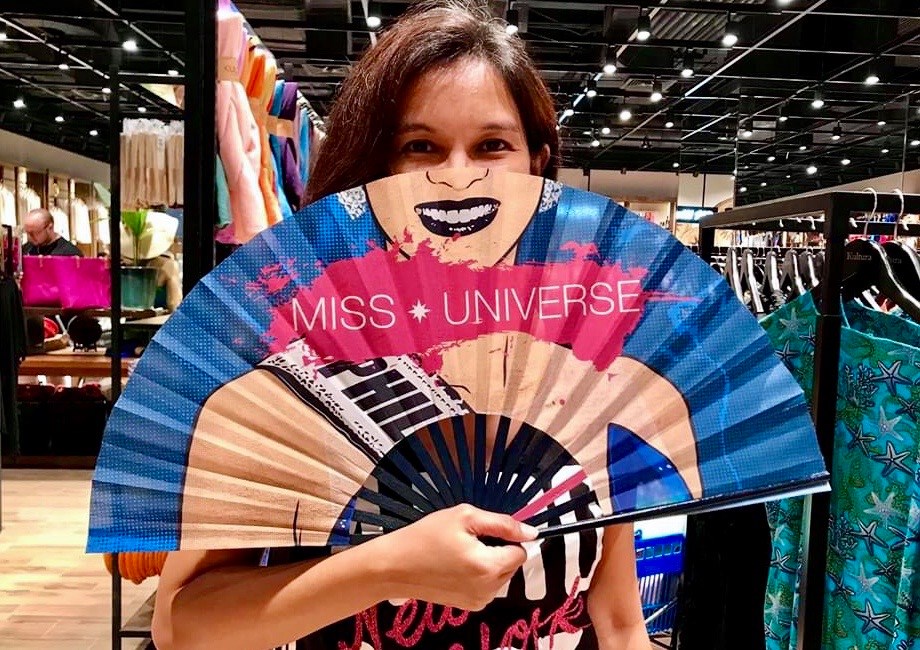Define essential. In the context of this pandemic, someone said that it refers to what’s essential to survival—food, water, shelter, medicines. Neanderthals didn’t have toilet paper, alcohol, face masks and dishwashing liquid, but the caves had drawings. There was art in their dwelling places. Even then, art was essential!
By GISELLE P. KASILAG
There’s a reason why Charles Dickens is my writing hero. “It was the best of times, it was the worst of times, it was the age of wisdom, it was the age of foolishness, it was the epoch of belief, it was the epoch of incredulity, it was the season of light, it was the season of darkness, it was the spring of hope, it was the winter of despair,” eloquently sums up life in the midst of this modern-day pandemic.
My business partner, Susan De Guzman, and I were at the Ballet Manila Archives when we received confirmation that the president was addressing the nation in the evening about a General Community Quarantine to arrest the spread of COVID-19. Having come from intense, back-to-back meetings, we decided to have a quick coffee break before heading to our respective homes. That Starbucks stopover on March 12 turned out to be our last in almost two months and counting.

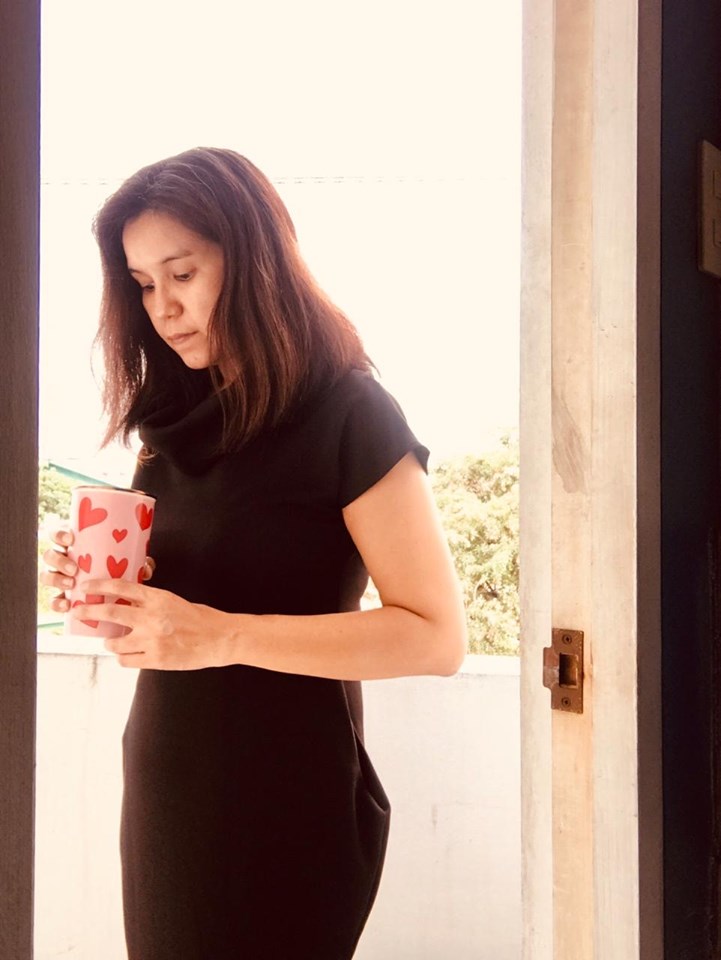
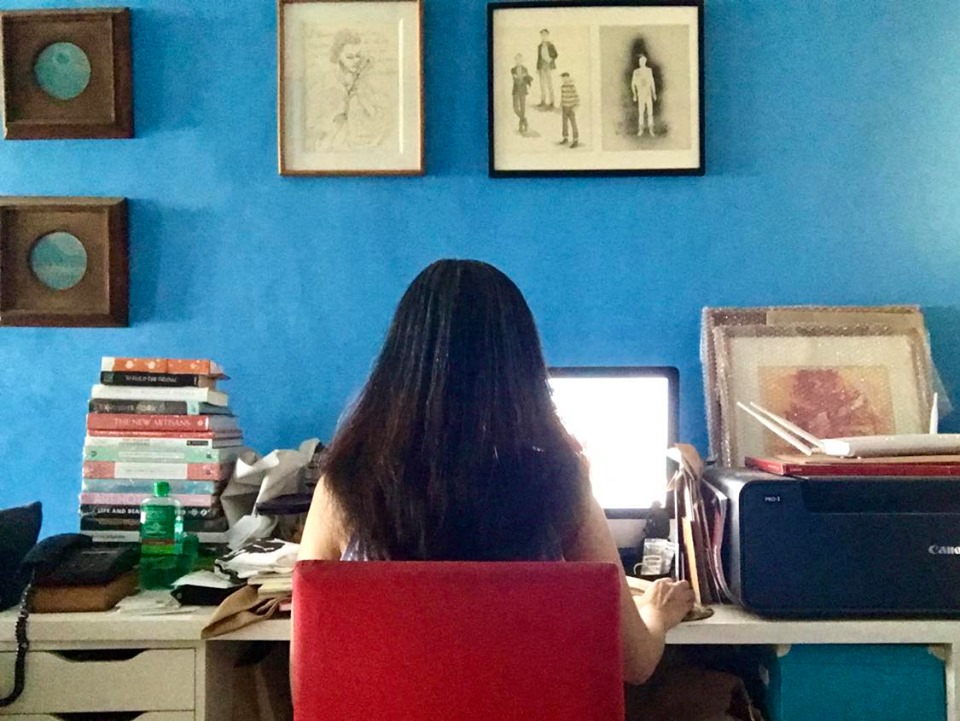
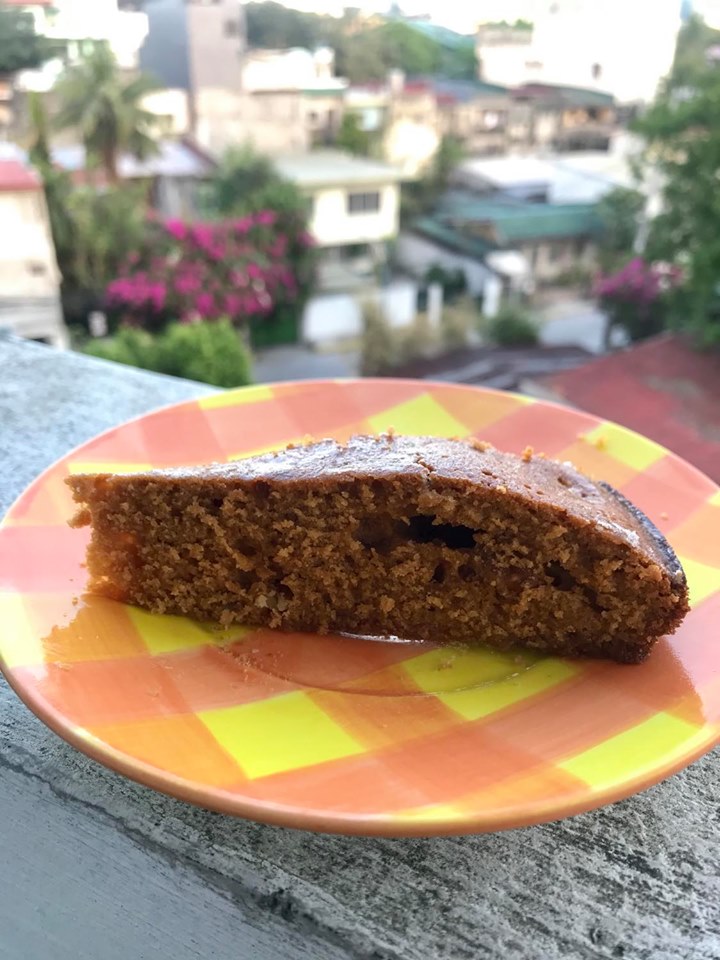
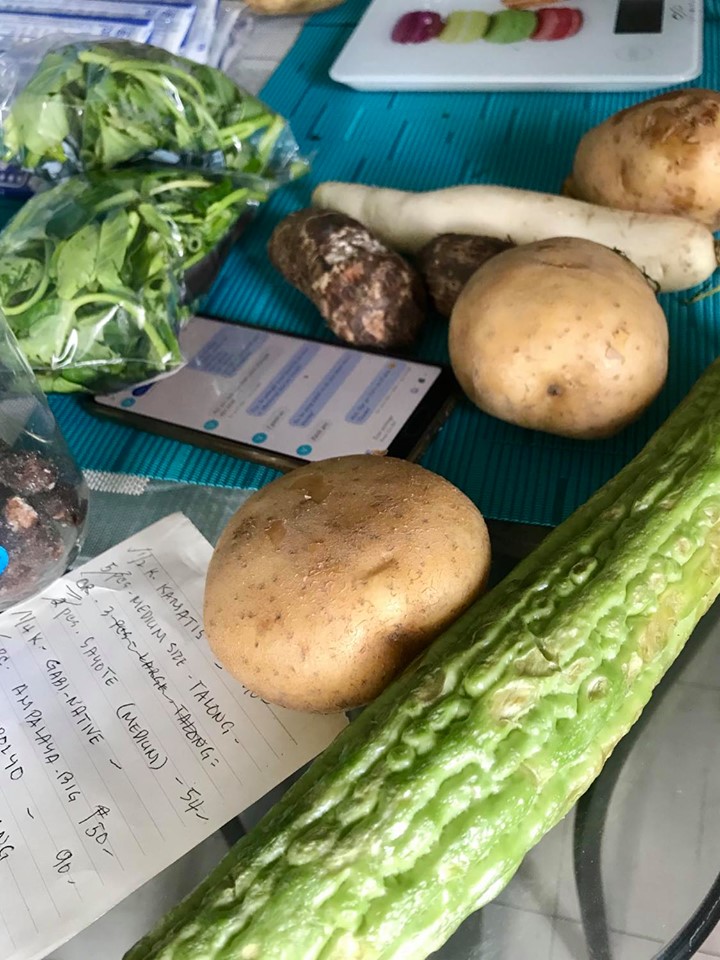
I’m no stranger to working from home. On a regular, non-pandemic week, I spend four days in my tiny apartment at my large, cluttered desk and the other three at an office in Pasay City. The worsening traffic in Metro Manila has made this a more productive, cost-effective and less stressful set-up for a small business entity.
The twist, however, is that my mother decided to quarantine with me.
Stuck with each other
At 83 years old, my mother typically spends four days with me and three days at my sister’s house just five minutes away. On March 16, she packed all her medicines and essentials, had herself driven to the apartment that we share and prepared to stay in the unit for the next four weeks. On March 17, the president announced that the Enhanced Community Quarantine would take effect immediately. That was it. For better or for worse, she was stuck with me and I was stuck with her.
In many ways, it feels a lot like when I was in fourth year high school and all my siblings were living in college dormitories. It was just Mama and myself except this time I wasn’t leaving for school at 5 a.m. Instead, I would wake up at 7 a.m., turn on my computer and make myself a cup of coffee while waiting for the machine to come to life. By that hour, Mama would already have had breakfast and be watching re-runs of NCIS and FBI.
The balcony has become my refuge. In this tiny space, I can soak up the morning sun and tend to my little herb garden. In the sweltering summer heat, I can catch a rare cool breeze while drinking iced tea. And in the evenings, Mama and I would stare at the night sky and admire the twinkling stars that appear so much brighter and closer with the decrease in air pollution.
Having her around 24/7 means sometimes losing my train of thought for a story I’m writing because she needs a bottle opened or a particular plate brought out from a cabinet. It means having to wait for her to go to sleep before soaking my laundry because the smell of detergent is too overwhelming for her. It means not having control over the TV programming because she gets priority on the shows that we watch.
Eight decades of wisdom
But having her around also means having someone to teach me how to cook chicken, clean mussels and arrange fresh produce properly in the refrigerator. It means having someone to remind me to eat at mealtimes. It means having someone to share my thoughts with—someone with eight decades of life experiences and won’t think twice about disagreeing with bad ideas. It means having someone who lets me bake, crochet and craft with no judgment because she understands that those are my ways of coping with stress. More importantly, it means having someone to share that longing for the entire family to gather again.
Unlike many people who are just rediscovering their families in this prohibitive time, the Kasilag brood is an extremely tight-knit family. Kabit-kabit ang bituka is how friends and relatives often describe us. At one point, my family occupied four units in the same apartment building.
Though we have quarantined in four separate households, we have found ways to stay in touch. Apart from a Viber thread, there’s a continuous flow of goods, thanks to Grab, Lalamove and my eldest nephew Diego who calls himself the designated tribute assigned to deliver supplies whenever necessary. Home-baked bread, cakes, fruits and even hard-to-find herbs are regularly being shared in lieu of our Sunday lunches and monthly Lord’s Day gathering.
The biggest perk of being quarantined with Mama is that I have remained well-fed. Given that her diet requires nutritious food, vegetables, fish and chicken dominate the table. I’ve had my fill of kare-kare, sinigang, mechado, tortang talong, kalabasa and misuang bola-bola, everyday fare to most people before ECQ, but luxuries these days when both food and money are hard to come by in many a home. I have stayed healthy and well within my acceptable weight limit. And being forced to plan and prepare the meals has kept Mama’s mind active and her body moving.
The scariest part, however, is the fear of bringing home the dreaded virus. All of us are afraid of being infected whenever we step out of our homes. And that fear reaches a new level of terror when quarantined with a senior citizen. Thus, leaving for a so-called grocery run has become an occasion to don an anti-virus battle armor. Mask, glasses, alcohol and wipes have replaced kikay kits. Everything I choose to wear should be bleach-proof and ready to be chucked into a basin of Tide and Zonrox waiting for me at the shower where I head directly to when I return home.
Susan, who is quarantined with her 91-year-old mother, has literally not stepped out of her house since coming home on that evening of March 12. Should the ECQ graduate to GCQ for Metro Manila, neither of us would still be allowed to leave our homes—partly because our sector, the creative industry, is deemed non-essential, and partly because we would rather continue to work from home to keep our loved ones safe.

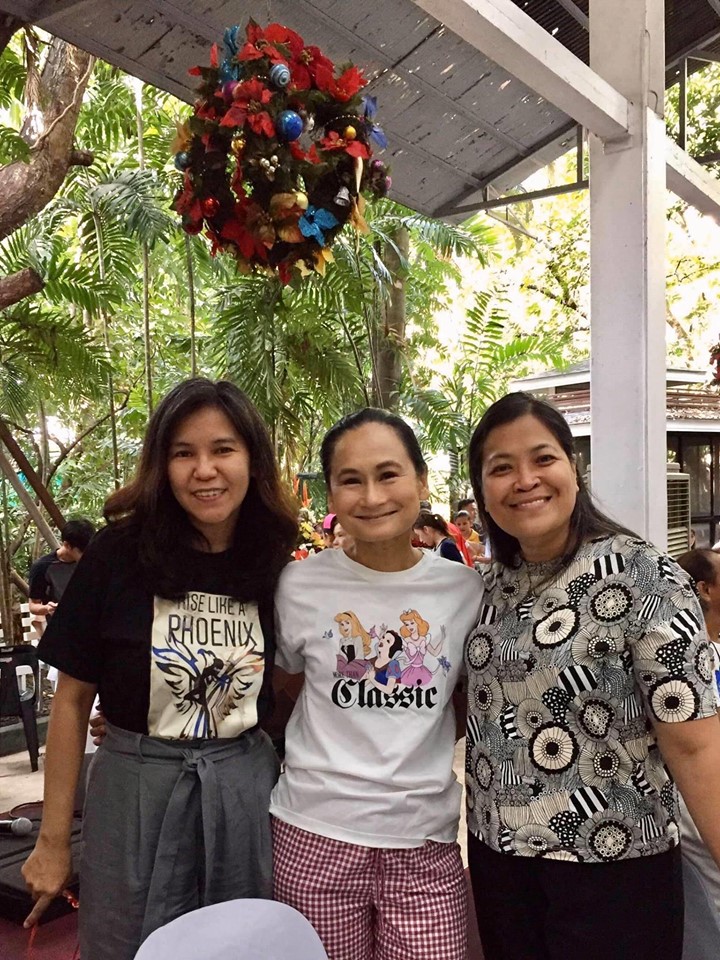

A big blow for creatives
Being labeled a “non-essential,” however, is probably one of the most difficult parts of living through this pandemic. Long before the virus came, most artists and artistic companies were already struggling to make ends meet. Many arts and culture workers barely survive on income from gigs and productions they are working on. When COVID-19 hit, everything was shuttered and the money just stopped coming.
Yet a week into quarantine, Robert Alejandro started offering art classes. Lisa Macuja-Elizalde started teaching ballet online. Lea Salonga started singing in various fundraising causes from her living room. Everyone was offering their life’s work online and for free.
Their generosity has allowed parents to work from home in relative peace while their children learned to sketch, dance and sing. The sudden availability of musicals and operas helped people calm down, rest and cleanse their minds after an onslaught of negative news about the pandemic. Even Mama enjoyed the additional channels that SkyCable opened, adding more police dramas to the list of shows that she follows.
Every single art form is about shared experiences. At its core is the need to come together and participate—whether to see a painting, view a movie, watch a play, or listen to a concert. This virus is attacking the arts by not allowing us to gather.
And yet there is no one to comfort the artists, majority of whom have no idea if they will still have work once the quarantine is lifted.
Define essential
All of us know that none of us can survive this quarantine without the help of an artist or a member of the creative industry yet we are called “non-essential.” Someone tried to be scientific by explaining that it refers to what’s essential to survival—food, water, shelter, medicines, etc. to which I pointed out that Neanderthals didn’t have toilet paper, alcohol, face masks and dishwashing fluid, but the caves they lived in had drawings. There was art in those caves. Even then, it was essential!
And with this in mind, I now find myself channeling my creativity to more productive matters. After all, if there’s one thing that my industry is an expert at navigating, it’s the treacherous waters of change and reinvention. From simple acts such as retooling a frame to create a makeshift Mother’s Day present for Mama to figuring out what projects I want to undertake once the quarantine has been lifted, I’m making use of the time given me to continue designing my future. And through it all, Mama will be there to cheer me on, tell me that I’m essential and remind me that it’s now time to eat.
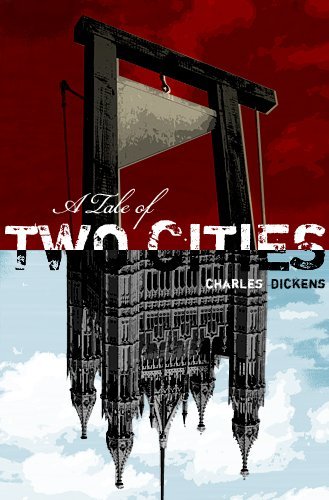
The author, a graduate of De La Salle University, is a former lifestyle journalist. She’s now the owner and partner of Project Art, Inc., which provides clients, mostly people involved in the arts, with curatorial, editorial and creative consultancy services.

